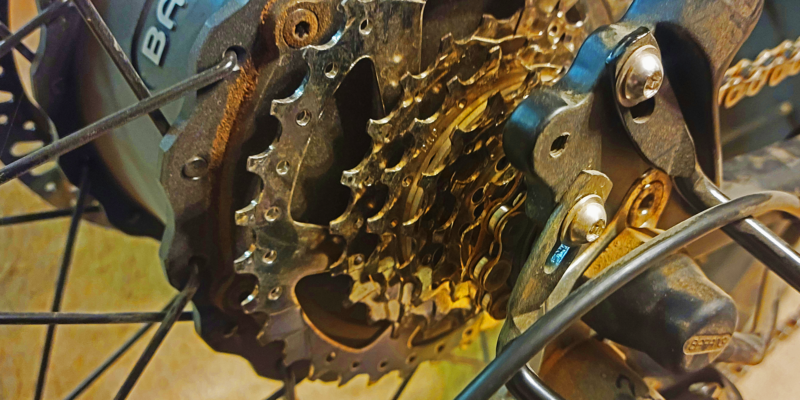Cali Changes The Law To Make Riding Bikes Safer

Sign up for daily news updates from CleanTechnica on email. Or follow us on Google News!
A recent article at Bicycling shows us that sometimes a relatively simple change can make for big improvements. By simply letting bike riders cross streets at the same time as pedestrians, riders can avoid some of the most dangerous situations they face.
The change comes with A.B. 1909, which says that bike riders can now take advantage of a technology called LPI (Leading Pedestrian Interval). The technology gives pedestrians a head start over other traffic to avoid conflict by waiting somewhere between three and seven seconds before any light is allowed to turn green again.
Studies prove this approach out. An intersection in San Francisco had the highest number of pedestrian injuries, but simply adding those extra few seconds of zero traffic caused the number of injuries to drop to zero. In other cases, the number doesn’t always drop to zero, but the injuries still drop a LOT.
The new California law allows bikes to take advantage of this technology, too. In most states, bikes have to wait for the green light like cars, which meant taking off while other, faster vehicles were taking off harder. On a bike, the extra 3-7 seconds usually gives a bike enough time to completely clear the intersection and get into a safer position, allowing the cars to more safely and efficiently pass later.
Here’s a video of the technology in action:
This is extremely important, because another study from New York shows that 89% of such accidents happen at intersections. Making it so that bikes and cars don’t spend time together at intersections eliminates the most common accidents (at least in theory).
This great benefit only requires spending somewhere between $200-1200 per intersection (mostly reprogramming).
Other Improvements Are Still Needed In Many Places
While this is a great idea, we need to be careful to not assume it solves all pedestrian and cyclist safety issues all by itself. That 89% figure is important, but the other 11% of people want to live, too!
One design change I’ve personally seen work really well is the “bike box”, or a place in the front of an intersection where micromobility can cut to and go first. This makes cars more aware of the bikes and gives everyone a chance to get out of the way before cars go. It also lets you bypass traffic by cutting through it when it’s backed up.
In my experience, opening up the bike box to motor scooters and motorcycles (see the video further down at 3:53) also makes a lot of sense, as the traffic naturally separates itself as everyone leaves, giving people some serious safety benefits. Dedicated bike infrastructure, drivers who give a shit instead of being angry at you, and many other improvements can make life easier for bikes and e-bikes.
I know this from experience, and I’m glad as an American that I’ve had some overseas experience. For me, the best place I’ve ever rode a bike was Taiwan, mostly because they do all of these things. I could spend a great many words describing all of this, but I found a video on YouTube that explains it all pretty well:
With a mix of dedicated infrastructure, better roads for micromobility, and “bike/scooter boxes”, you can get around fast. On top of decent public transportation, you get better choices all around, even if you choose to drive. Even in smaller towns, it’s often like that.
So, this new law in California is great, but there’s a lot more to do.
Featured image by Jennifer Sensiba.
Have a tip for CleanTechnica? Want to advertise? Want to suggest a guest for our CleanTech Talk podcast? Contact us here.
Latest CleanTechnica TV Video
I don’t like paywalls. You don’t like paywalls. Who likes paywalls? Here at CleanTechnica, we implemented a limited paywall for a while, but it always felt wrong — and it was always tough to decide what we should put behind there. In theory, your most exclusive and best content goes behind a paywall. But then fewer people read it!! So, we’ve decided to completely nix paywalls here at CleanTechnica. But…
Thank you!
CleanTechnica uses affiliate links. See our policy here.
